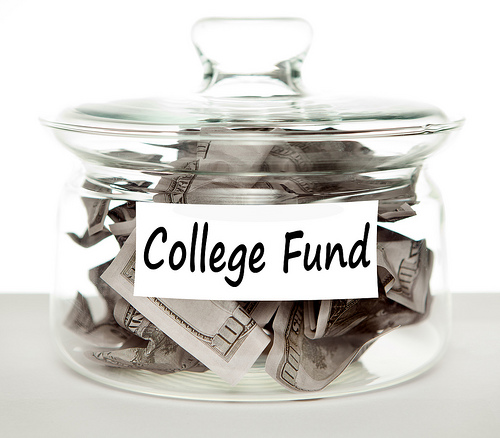If, like many people, you have outstanding bank loans or credit card debt, you may worry about these bills, but there are ways in which you can alleviate this tension.
In this article, we are going to show you 3 simple steps that will help you to overcome the stress of paying back what you owe and, ultimately, help you to get your personal finances in order so you do not feel this heat in the future!
- Working out where the money goes
First and foremost you need to have a clear idea of where your money is going. Without this, how can you set a budget?
Start by looking at your bank statements from the past 6-12 months. You can either get these from the bank or by logging in to your online account. Work out an average spend each month and then attempt to slash it by, let’s say, 20%. By doing this you have just created a monthly budget which you will attempt to stick to.
2. Removing extraneous purchases
So now you know you need to spend 20% less each and every month, but how? You have your bank statements in front of you and will have a good idea of which each purchase is. Now, using a piece of paper or spreadsheet create a two-column chart – in the left column write “required” and in the right column write “not required”.
Go through each of your purchases over the past few months and, being as honest as possible, put them in the appropriate category. Write their monetary value next to them.
Using this information you can clearly see not only how much you have spent, but also whether you ever really needed to spend it in the first place. If you spot lots of frivolous purchases, you know where to cut.
3. Setting goals
Once it is clear where your money is being spent, and you know you can relieve this, setting goals may not be too difficult; simply cut down on these purchases.
If on the other hand, your money tends to get swallowed up in “the cost of living” (and for many of us, it does!) you may need to think a little more creatively. Look at where you can shop for food which isn’t your local supermarket. Farmers Markets or roadside stands are often the best place to pick up cheap, and fresh, locally-produced food. The same can be said about second-hand and vintage fashion stores which are much cheaper than the high street.
Look especially at monthly recurring expenses like cell phones, cable bills, insurance, etc. by cutting these once you will save over and over.
There are literally hundreds of ways in which you can save money each month – put yourself into the mindset of a frugal person and each time you go to make a purchase think to yourself “do I really need this?” or “can I get this cheaper elsewhere?”
Image Created by Meta AI
See also:


